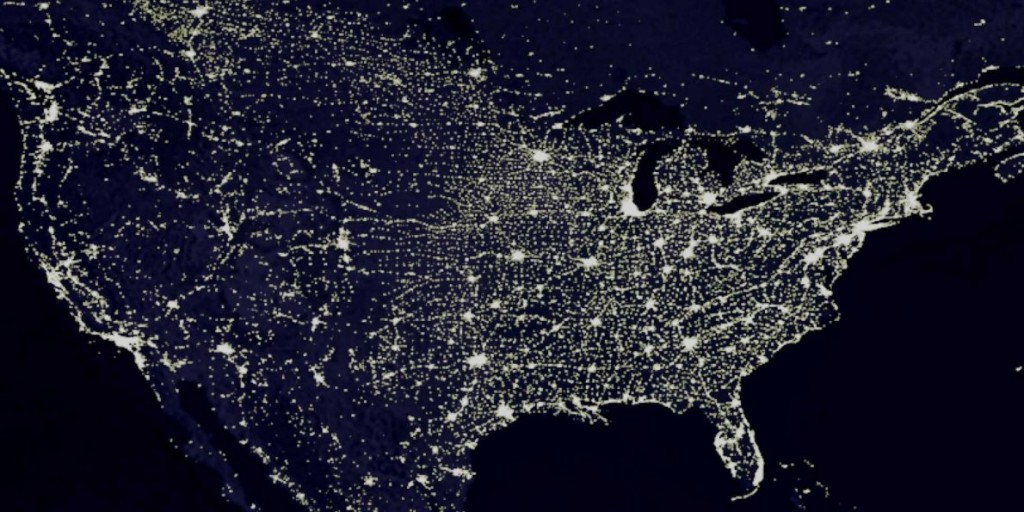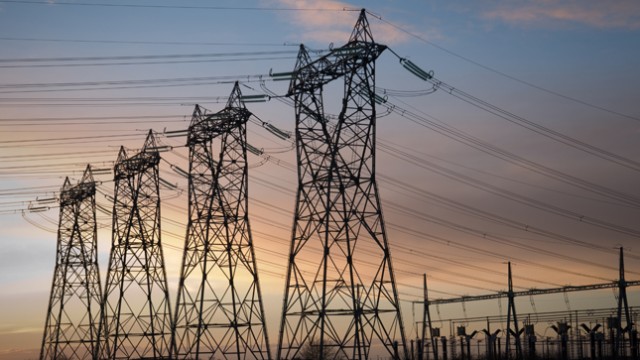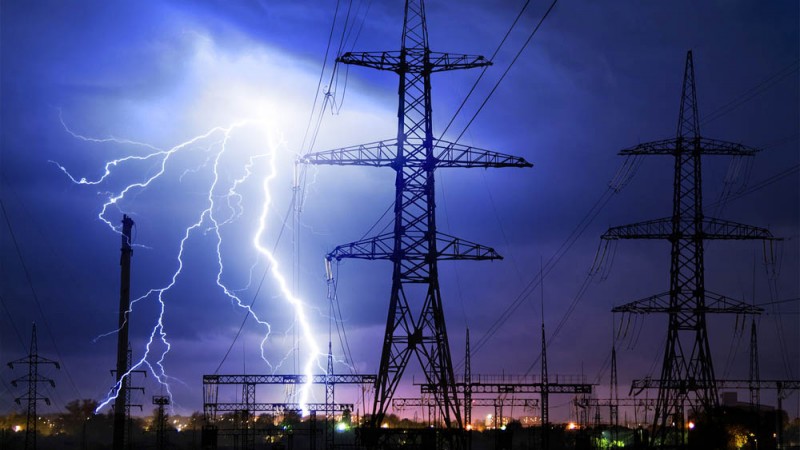How Our Power Grid May be Our Biggest Vulnerability
Our modern power grid is a cumbersome, complex and fragile patchwork of transmission lines that connect generators to a network of substations that relay power to communities and ultimately the end user. However, the current design has some inherent weaknesses that have yet to be addressed by government officials, and some components of the grid are nearly 100 years old. Let’s take a closer look at how the power grid works as well as why we are still so vulnerable to problems that could leave us in the dark without warning.
Financial Interests
Some of you may remember when a handful of power companies were able to set prices and regulate service to customers. These monopolies were profit-driven and did their best to charge as much as they could with little accountability in terms of being required to provide reliable service. Consequently, investing in technology and equipment often took a back seat to profits. However, the government decided to break up these monopolies and allow new players to enter the market.
The result was more competition and better prices in some cases. However, the original power monopolies still had control over the overall infrastructure of the grid, which meant that they were responsible for delivering electricity from point A to B, no matter who the service providers were anywhere along the way. Consequently, when outages occur, it’s the responsibility of these companies to make repairs and try to prevent them from recurring. Unfortunately, profits still get in the way of developing and maintaining a system that is secure, redundant and reliable.
Where Power Comes From
We get power from large generation sources such as hydroelectric dams as well as nuclear or coal-fired plants. Pressure created by heat from these sources causes large turbines to spin and generate electricity. The electricity that leaves these massive facilities is funneled into a transformer which splits the electricity up and channels it along large transmission lines that travel great distances. These are the lines that we see attached to large towers that cross the country. However, generators and transmission lines may be owned by different companies that provide coverage to certain parts of the country.
Consequently, power in each region is not always delivered evenly or through the same equipment, which can complicate distribution as they connect to different parts of the overall grid. Communication and coordination between providers is not always seamless or efficient, and this is one of the reasons why blackouts can be so destructive.
The power from transmission lines is delivered to a network of switching stations which route electricity to regional or local facilities. From there, they are delivered to businesses and homes through a network of locally or regionally owned companies. In most cases, each state determines how power is delivered to the population, and subtle differences from state to state also contribute to our vulnerability as the quality of service can vary widely. However, the transmission lines themselves, the large ones that come from generation sources are administered by the federal government. Confused? Good, because it’s this arrangement that makes our power grid so fragile and unreliable.
Threats to our Power Supply
Threats can come in the form of natural disasters, severe weather as well as acts of terror or sabotage. While it is highly-unlikely that generation stations will fall victim to devastating failures, the thousands of smaller substations that route and deliver electricity to the end user are much more vulnerable. These facilities are often left unsecured, with little more than some barbed-wire fencing to deter threats. In fact, if someone was inclined and equipped to attack one of these stations, it would be a lot easier to accomplish than most people think. Furthermore, it doesn’t take a lot to knock out power by cutting lines between these substations and specific targets or parts of communities as a whole.
Because of this complex patchwork of interconnected, yet different power delivery systems, we are vulnerable to outages that can occur at any time. While this has been a concern for decades, making the grid more robust and reliable by forcing companies to invest in better equipment and security has been minimal at best.
Consequently, it’s important to always be prepared for a prolonged power outage, even if you haven’t experienced one in recent memory. All it takes is a coordinated and well-timed attack or some kind of serious equipment failure to throw entire communities, states or even regions of the country into darkness without warning.




